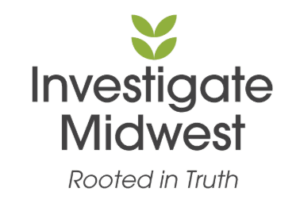August 27, 2025

Seven Questions Health System CEOs are Grappling with Now
Summer of 2025 was an unusual one for health system leaders across the country that, in many ways, seemed to move both slowly and abruptly at once. Here are seven of the many questions that health system CEOs are facing as the season winds down and the effects of one massive piece of federal legislation begin to take shape.
7 Questions Health System CEOs are Grappling With
- What’s the real financial hit to my system?
- How much influence do health systems have?
- What’s an OBBBA reaction versus a change I’d need to make anyway?
- How do CEOs lead when decline comes drip by drip?
- In the near-term, what happens when ACA enhanced premium tax credits expire?
- What do physician and labor shortages look like now?
- What costs are hidden or harder to see?
Click Here to Read Full Article





